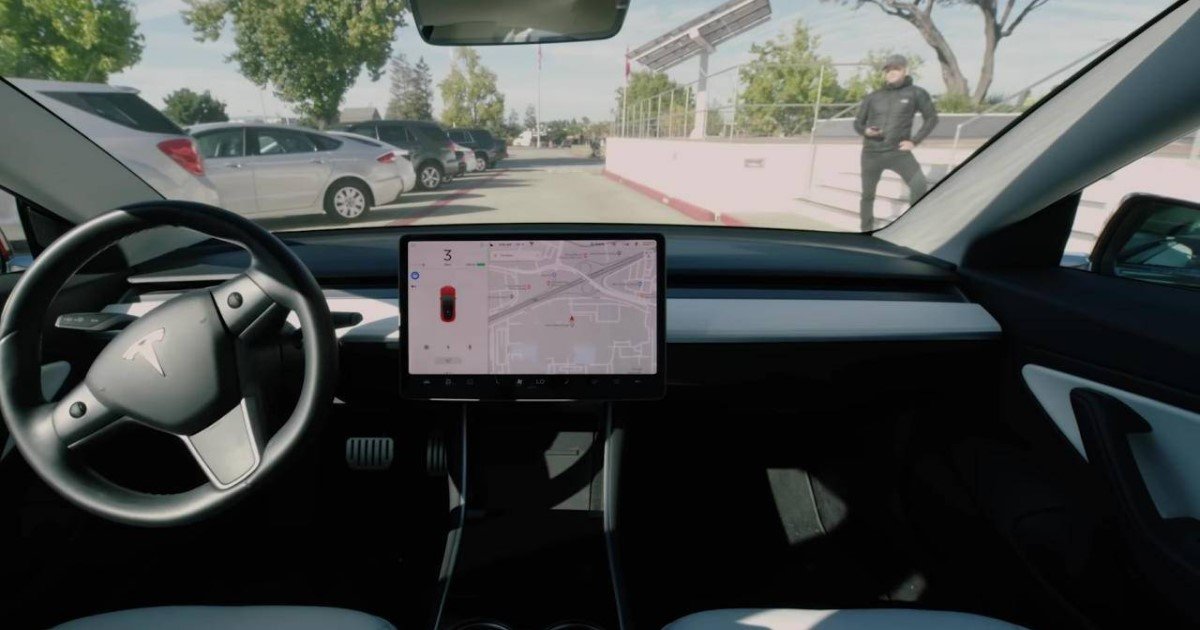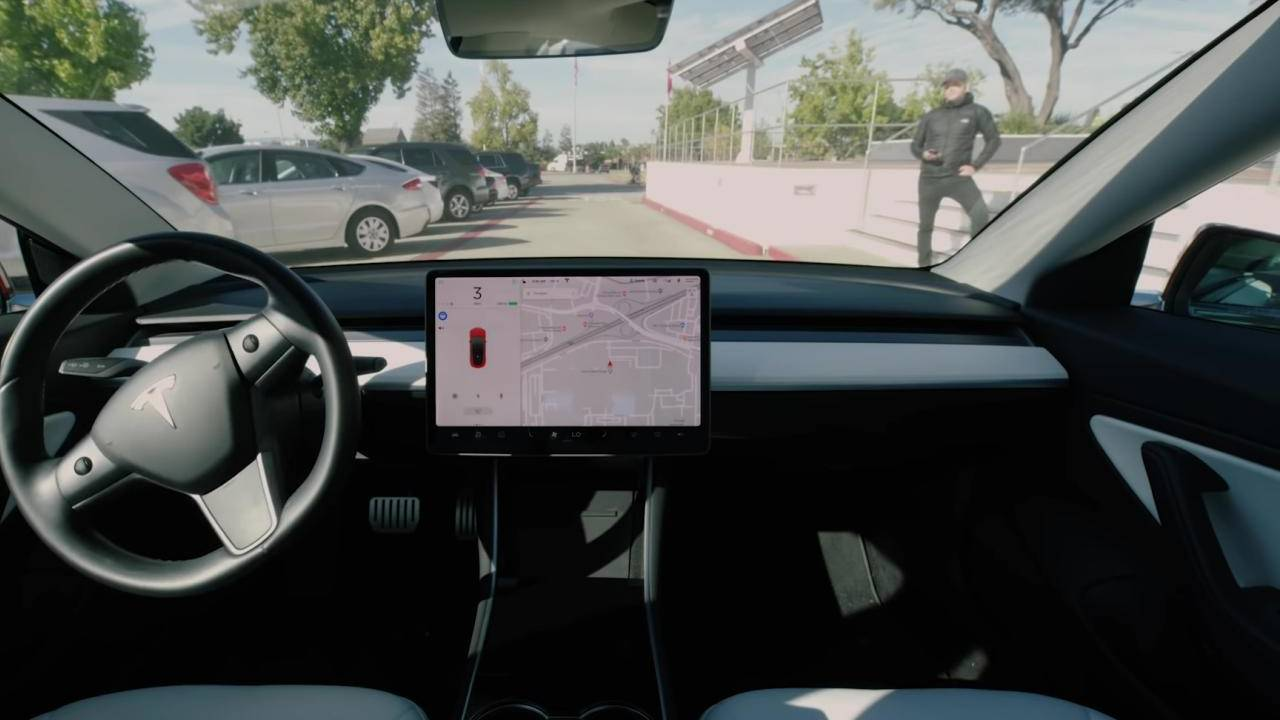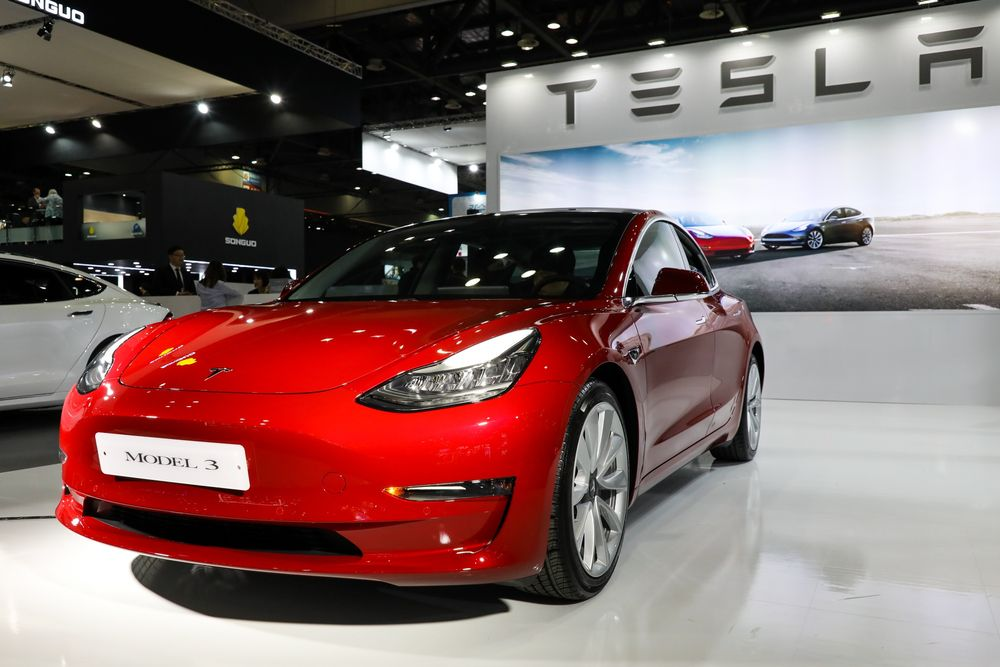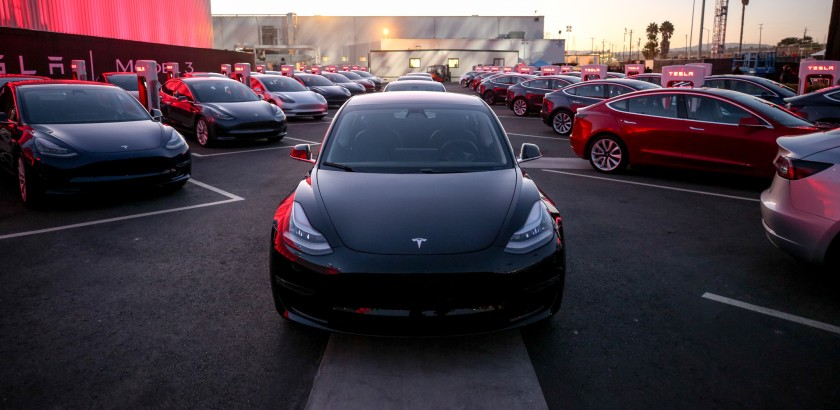Lawyers say the owners of Tesla cars will be legally liable for any damages done by the malfunctioning of the car’s new Smart Summon feature after a number of videos showing the havoc caused by the cars surfaced on the internet.
According to insurance industry professionals, if the accidents keep reoccurring at the same pace, Tesla might be held legally responsible for the damages one day – but not for now.
Watch to find out more of this issue below.
[rumble video_id=v5omnr domain_id=u7nb2]
Video credit: Rumble
Events like these might one day be the decisive factor in changing the whole landscape of car insurance and traffic rules. It would be chiefly because the number of cars featuring automation at various levels from parking to providing steering assist and automated braking is on a sharp increase.
The most recent addition to the list of automated functions of a car includes the Smart Summon feature Tesla introduced in a software upgrade.
The feature enables the user of the car to start the vehicle and move it to them by using a button on the car’s remote.
But the user must be in a clear line of sight of the car and not more than 200 feet away from it. The instructions also ask the user to be careful while using this feature.
US authorities are now investigating incidents of parking lot crashes which involve the Smart Summon feature of Tesla cars, the National Highway Traffic Safety Administration (NHTSA) revealed.
On the other hand, people are expressing their thoughts and experiences about this new feature on the internet.
“This was an interesting one to explain to my insurance,” a social media user wrote with a video of the crash. “Silly feature cost me time and money,” another user wrote.
Tesla has not issued any official statement about the crashes even after being requested for comment.
However, Elon Musk tweeted that there had been above 550,000 registered users of the Smart Summon feature in the first few days of the launch.
According to Jennifer Dukarski, a lawyer with expertise in autonomous car technology, the insurance claims for such incidents would follow the same line of action as the routine cases.
“But as the number of incidents build, you’ll find someone who will entertain a class action [lawsuit] dealing with a product defect,” Jennifer said.
Naturally, the accidents involving the car’s autonomous actions spark a debate about whether the car owner or the manufacturer can be held responsible for them.
Keith McKenna, an insurance lawyer from New York, said: “The rationale for the owner being responsible is that the laws have not caught up to autonomous vehicles.”
Keith added that if autonomous cars go mainstream one day, the liability would be covered by the manufacturer’s insurance.
According to the California Department of Motor Vehicles, the cars are not capable enough to be legally designated “driverless” which automatically means the person using the app that drives the car would be responsible for what happens.
However, a personal injury lawyer from Florida, Mike Morgan, said that the incapability of the app and the car make Tesla more responsible for what happens as a result of the car’s accident.
Mike’s firm served as the attorney of a person who sued Tesla for his car crashing into a stationary vehicle.
“You are still responsible for your car and must monitor it and its surroundings at all times and be within your line of sight because it may not detect all obstacles,” Tesla instructed the users of the new feature.
Mike is of the view that by the time a user can intervene in the “automated driving of the car,” it is already too late to take action.
“These vehicles provide a false sense of human control,” he said.
Replaced!





